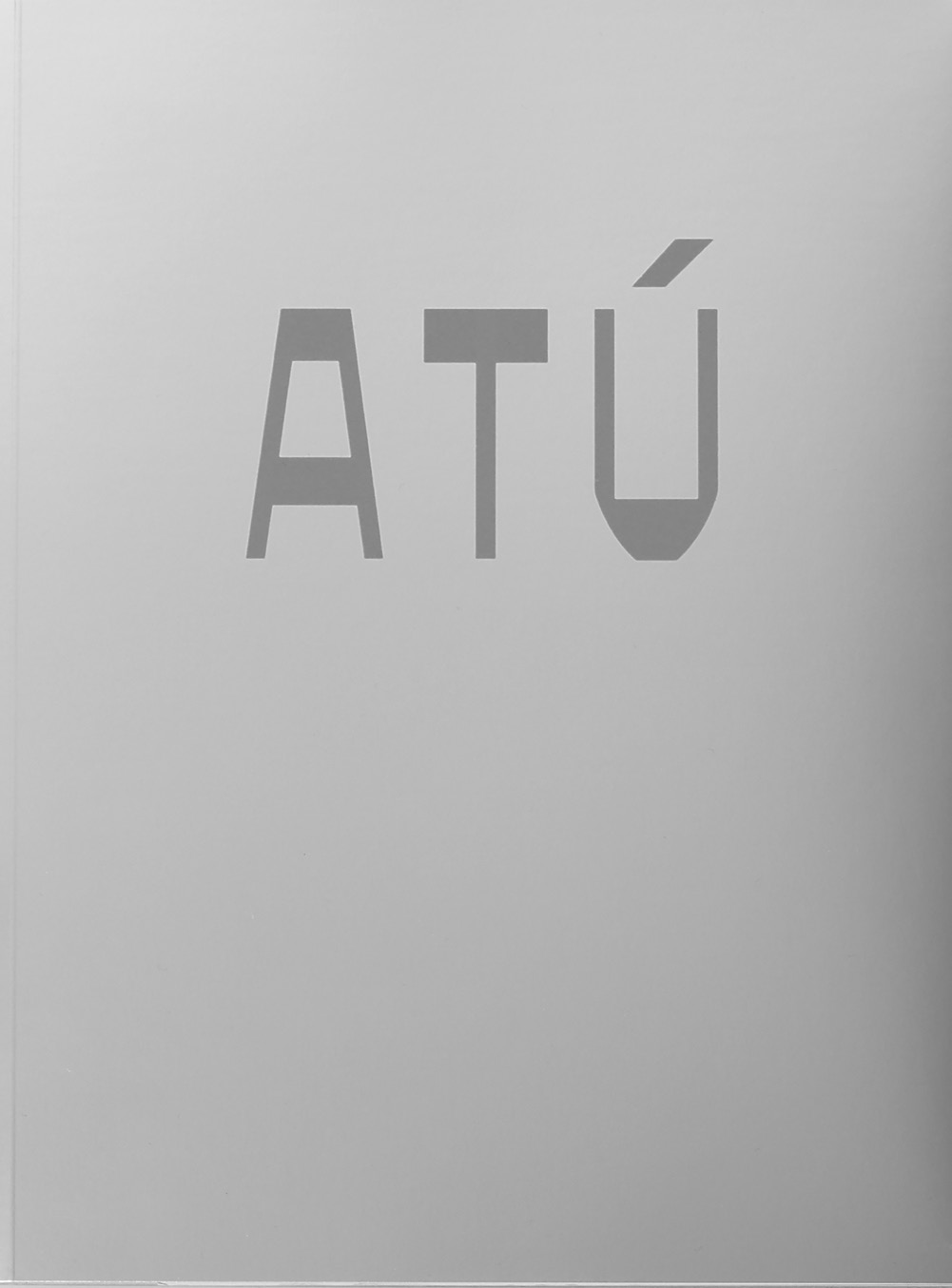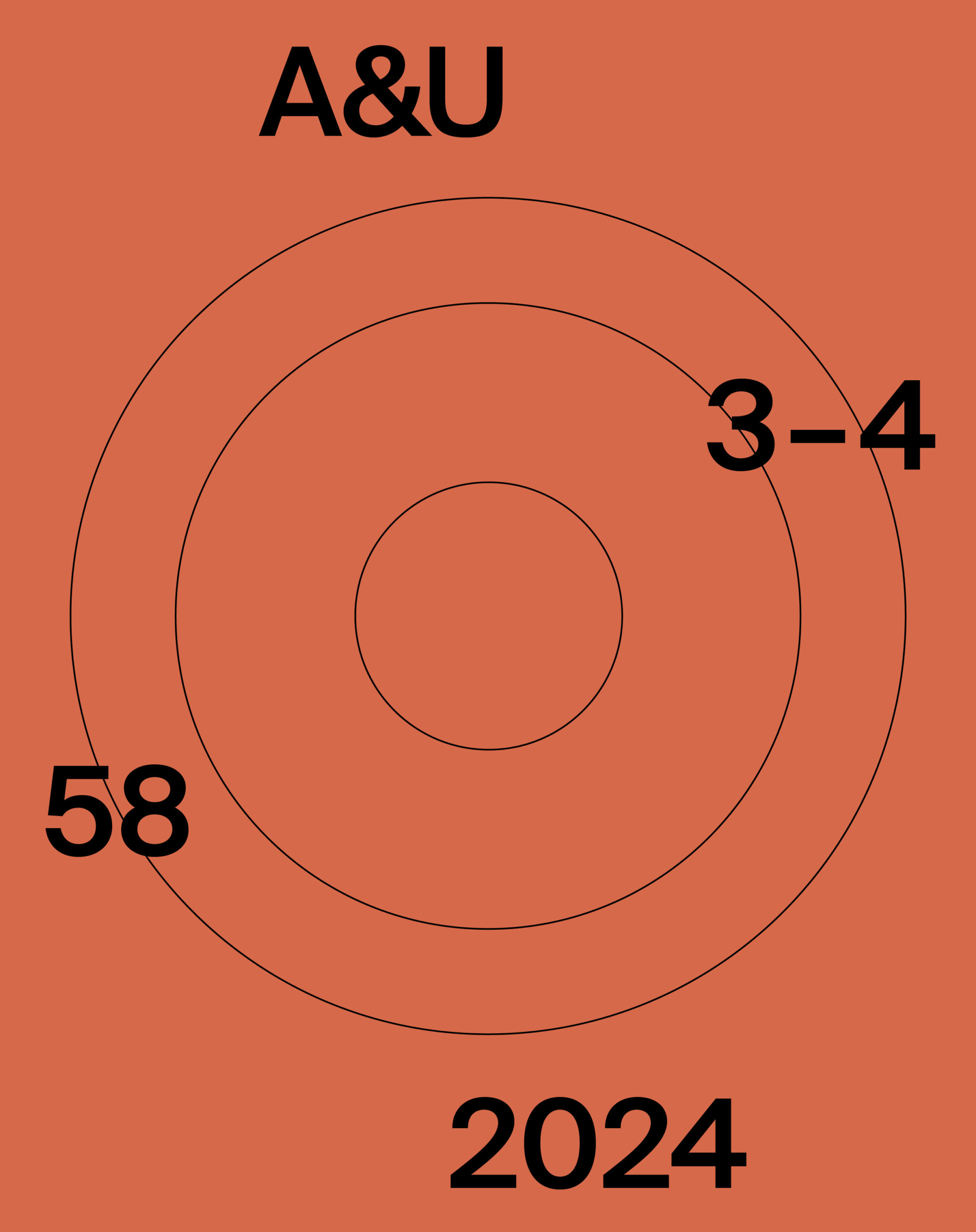ATÚ: Automatic Telephone Exchanges:
Society, Technology, Architecture, 2024
Lehkoživová, Irena and Zikmund, Jan (eds.)
Prague: Research Centre for Industrial Heritage FA CTU
ISBN 978-80-01-07322-3
The publication ATÚ: Automatic Telephone Exchanges: Society, Technology, Architecture is a notable achievement, the work of a team of experts in architecture, technological development, history, and the social and cultural sciences. Particularly valuable is its methodological structure: each chapter is conceived as an overview study, complemented by a thematic appendix that deepens the main exposition. The book explores the development of automatic telephone exchanges in the Czechoslovak context – not only from the perspective of technological progress, but also in terms of their significance for urbanism, architecture, and the social reality of the second half of the 20th century. It combines historical accuracy, architectural analysis, and sociological reflection to offer a unique perspective on an aspect of industrial heritage that has so far received only marginal attention. Telephone exchanges were not only sites of technological operation, but also the result of strategic infrastructure planning – rightfully earning their place within the framework of industrial heritage.
The team of authors, led by Irena Lehkoživová and Jan Zikmund and including Lukáš Beran, Benjamin Fragner, Petr Freiwillig, Jakub Potůček, Jiří Suchomel and Barbora Zavadská, created an interdisciplinary work that combines scholarly research with documentary interviews and historical quotations, resulting in a multilayered portrayal of the development of telecommunication architecture. As a result, the publication has been made accessible not only to the academic community but also to a broader audience interested in the history of technology, architecture, and urbanism.
The core of the publication focuses on architecture for the purpose of telecommunication – from functionalist attempts and early experiments with telephone infrastructure to the massive volumetric concepts of the era following the 1968 Soviet invasion of Czechoslovakia. The specifically topical study “TTÚ/ATÚ/UÚ” On the Architecture of Czechoslovak Telephone Exchanges in the Second Half of the 20th Century by Lukáš Beran offers a detailed mapping of the typological development of these buildings in Czechoslovakia from the late 1940s to the end of the 1980s. It traces the transformation of form, spatial principles, and urban integration – from contextual urban blocks with public functions to specialized technological monoblocks with windowless façades. In the later decades, telecommunication architecture became increasingly standardized and uniform across different regions of the country.
The text highlights the increasing demands of automation and the growing sensitivity of technologies to environmental conditions, which led to a fundamental transformation of the ensuing architectural solutions. It traces spatial design strategies (e.g., the modernist pairing of a horizontal technical wing and a vertical administrative tower), efforts at standardization (such as the MS-71 structural frame), façade designs (Hunter-Douglas, Feal, Sidalvar), material and technical innovations, as well as the connection between technical and administrative zones via the distinctive “tube corridors.” Architecture is presented both as a carrier of operational requirements and as an element of the urban context and a symbol of technological modernity. While the study offers an exceptionally rich typological analysis and extensive catalogue of buildings, its level of detail may be demanding for some readers.
This study is complemented by a reminder of the now-demolished Central Telecommunications Building (ÚTB) in the Prague district of Žižkov. Its architectural and societal significance is illustrated through an interview with the architectural team of Hrubý, Pokorný and Cubr, cited by Lukáš Beran from a 1976 press article. In the interview, the architects articulated the visionary ambitions associated with to the project: “Through this ‘cottage’ and the equipment inside, people are able to defy distance; the universe is within reach here, and the spoken word connects…” Despite construction challenges, this key telecommunications building became a remarkable architectural work and a new city landmark – “a cathedral of telephones and telegraphs.”
The following study, “A Look inside the Atelier”, focuses on the members of Studio No. 324 at Spojprojekt, which played a defining role in shaping many telephone exchange buildings. Architects such as Jiří Eisenreich, Ivo Loos, Jindřich Malátek, Václav Aulický, and Jan Fišer (the last-named as an external collaborator) contributed to the development of the typology and the design of several iconic projects, including the Transit Telephone Exchange (TTÚ) in Hradec Králové, TTÚ in Ostrava, and Automatic Telephone Exchange (ATÚ) in Prague-Dejvice. In interviews conducted by Barbora Zavadská, two of them – Eisenreich and Aulický – share their approaches and perspectives.
The first three chapters of the book establish its thematic framework. In his study When the Telephone Required…, Jakub Potůček outlines the emergence of a new building typology, considering both technological innovation and its broader social implications. He also discusses some of the earliest buildings and architectural works related to this segment, insightfully capturing the evolution of telephoning in the Czech lands. In the accompanying appendix, Potůček introduces the notable architect Josef Kranz, a key figure in shaping this new typology, who was responsible for the first functionalist designs and early experiments in the field of telephone infrastructure.
In the chapter Impulses in a Nervous System, Jan Zikmund traces the development of Czechoslovak telecommunications from post-war reconstruction to the advent of digitalization, highlighting the tension between the techno-futuristic state visions and the realities of a planned economy. The text discusses specialized institutions and their ambitious projects or their failures, which shaped architectural and technological outcomes before 1989. The appendix focuses on Spojprojekt, the State Project Institute of Communications, which gradually assumed responsibility for the planning, standardization, and implementation of telecommunication infrastructure.
The factually dense chapter A Generational Affair by Jiří Suchomel traces the development of these technologies from the late 19th to the late 20th century. It opens with the iconic story of A. B. Strowger’s invention of the first automatic telephone exchange and follows four technological generations used in Czechoslovakia, culminating in the latest fully digital systems. The text also highlights the interconnection between technological development, network planning, gradual automation and the complex transition to digitalisation, which reached its peak after 1989. The symbolic closure of the analogue era is marked by the decommissioning of the analogue AKE exchange in the iconic Central Telecommunications Building (ÚTB) in Prague in 1998.
The subchapter Comfort and Aesthetics by Irena Lehkoživová and Jan Zikmund explores the working conditions of telephone operators and the gradual improvement of the interior environments of telecommunication buildings, especially after the separation of technological and social zones was introduced. It also traces the role of visual artists in shaping interiors and exteriors – from the iconic ÚTB building in Žižkov to the telecommunications complex in Bratislava, where its historical role is still recalled by a bust of the Slovak-born pioneer of radiotelegraphy Jozef Murgaš. The text illustrates how architecture, technology, and art embodied the ideals of socialist modernity and technological progress, while exposing the gap between envisioned workplace standards and everyday operational shortcomings.
Petr Freiwillig’s concluding essay, The Sacrificed Layer?, examines the challenges of evaluating post-war architecture in heritage conservation and critiques its perception by heritage institutions. Citing Milena Radová, he notes that societies tend to recognize as heritage only what aligns with prevailing ideological and cultural needs. He identifies the cultural and historical values of telecommunication buildings as grounds for their preservation – ranging from their typological uniqueness and technical and architectural innovation to their urban and symbolic significance. With this contribution, the publication moves beyond simple documentation and contributes to the ongoing discourse on architecture, technology, and collective memory.
The visual material forms a coherent collection composed primarily of historical photographs and drawings, as well as artistic shots by Viktor Mácha, who captured the final moments in the technical lives of these buildings – many of which no longer exist. His photo essay, which concludes the book’s visual narrative, evokes the poetics and monumentality of industrial architecture and underscores the urgency of responding to the disappearance of this architectural layer. Although the photo essay significantly enriches the publication, its usability is somewhat limited by the absence of pagination and direct captions, making orientation more difficult, especially for readers unfamiliar with the buildings.
The book’s graphic design, created by the Formall studio, is also noteworthy. It features a separate “image block” printed on coated glossy paper, while the rest of the book is set on cream-white uncoated paper with predominantly black-and-white photographs: an approach that reflects the typical publishing practices of the era in which these buildings were constructed.
One of the book’s greatest strengths lies in its ability to present automatic telephone exchanges as more than just technical facilities. These were not merely “houses for machines,” but rather a new typological category within the urban context. They became a significant part of the built environment, often built on prime sites and shaping the character of their surroundings. As Barbora Zavadská notes, they formed a distinct architectural layer of Czechoslovak architecture in the 1970s and 1980s, embodying experimental and utopian currents that were frequently suppressed, left unrealized, or precariously maintained only in academic studios during the period of post-1968 normalization.
Because their construction was carefully planned by the state, the need to protect them from decline and demolition feels all the more urgent today. With the advent of digitalization and mobile networks, these buildings have lost their original function and many remain unused. In this context, the publication serves as a call to preserve at least part of this technical and architectural heritage. It echoes the message of the Charter of Industrial Heritage: “Public interest and affection for the industrial heritage and appreciation of its values are the surest ways to conserve it.”
The publication Automatic Telephone Exchanges makes a significant contribution to this goal – it documents, interprets, and makes accessible the story of one of the infrastructural icons of the 20th century. Thanks to its interdisciplinary approach, visual quality, and thematic relevance, it rightfully belongs among the key reference works on infrastructure and technical architecture in Central Europe. At the same time, it serves as a study resource, a documentary corpus, and a call to reflect on the future of this architectural heritage, with the potential to influence future generations of researchers and practitioners alike.

This work is licensed under a Creative Commons Attribution 4.0 International License



